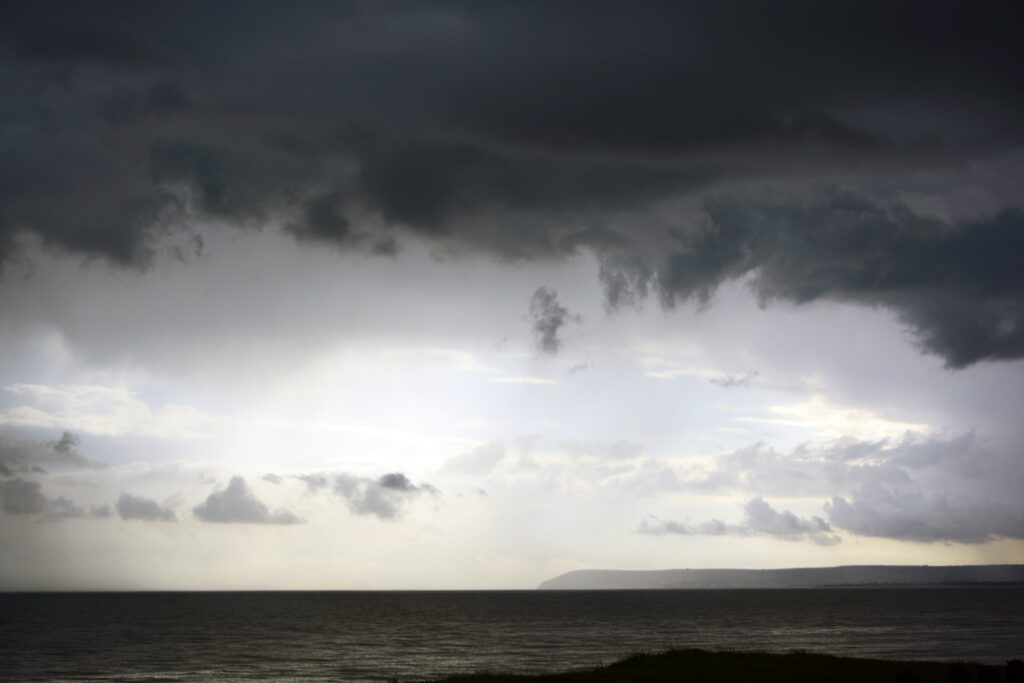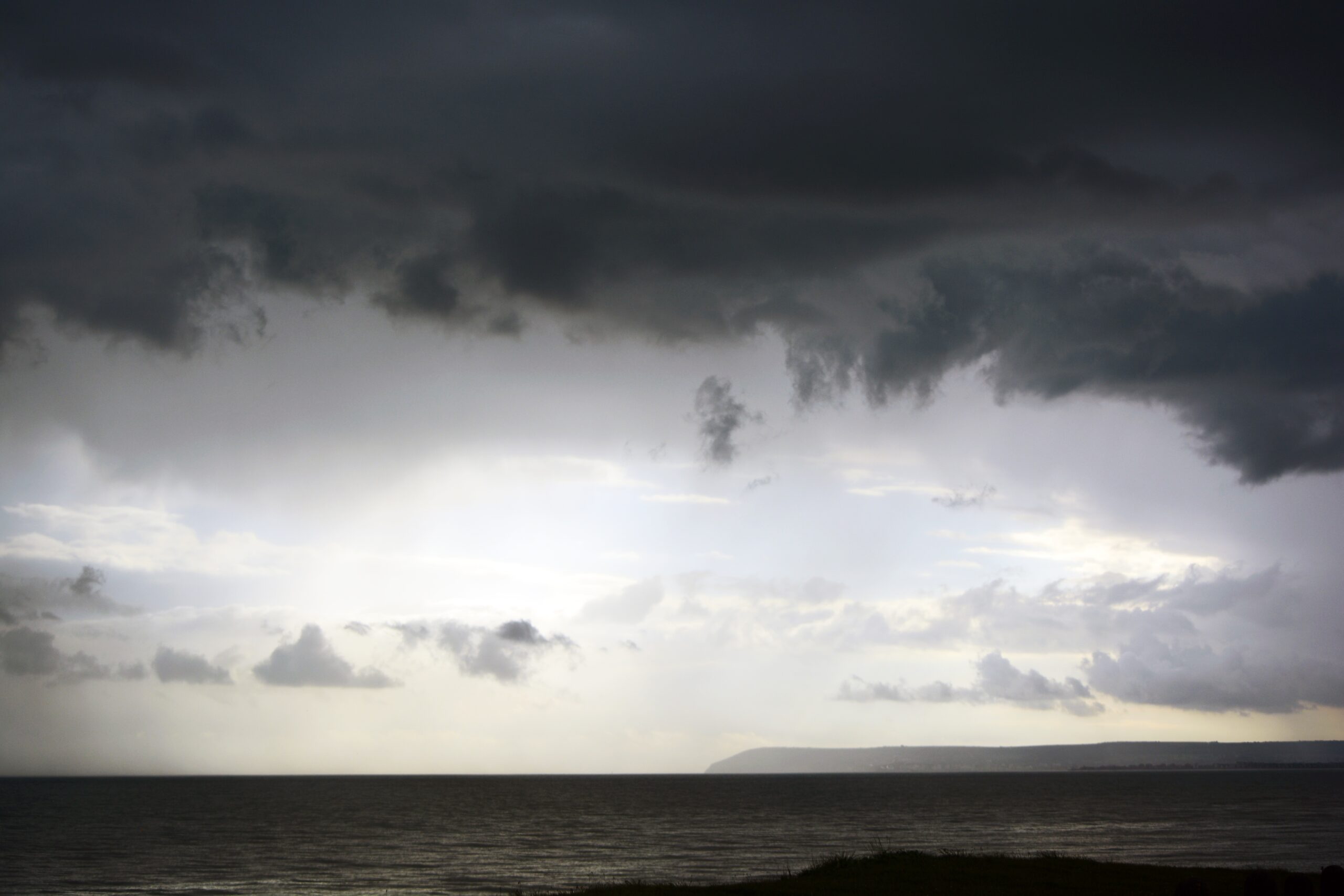When hurricanes and tropical storms approach Gulf Shores and the nearby areas, ensuring the safety and well-being of your family and home becomes paramount. While we can’t control the weather, we can certainly take steps to protect our homes, and that includes your HVAC system. At Roberts AC, we understand the importance of a comfortable and secure indoor environment during challenging times. Today, we’ll provide you with a few valuable tips on how to prep your home’s HVAC system for tropical storms, hurricanes, and other coastal severe weather events.

- Clear the Area Around Your Outdoor Unit:
Start by checking the area around your outdoor HVAC unit. Trim any loose branches, clear away debris, and secure any outdoor furniture or objects that could become projectiles in strong winds. A clutter-free space around your unit reduces the risk of damage. - Protect Your Outdoor Unit:
While our HVAC systems are built to withstand the elements, a little extra protection can go a long way. If you have time, consider placing a tarp or cover over the outdoor unit. However, ensure that it’s securely fastened to prevent it from becoming a hazard in high winds. - Raise Your HVAC Equipment Above Potential Flood Levels:
Flooding can be a concern during tropical storms or hurricanes. If your HVAC equipment is located in a basement or on a lower level, raising it above potential flood levels can prevent water damage. Placing equipment on elevated platforms can offer an extra layer of protection. - Adjust Your Thermostat:
In the lead-up to the storm, adjust your thermostat settings to maintain a slightly cooler indoor temperature. This way, if you experience a power outage, your home will take longer to heat up. Additionally, turning off your HVAC system before the storm hits can prevent potential damage from power fluctuations. - Turn Off the Gas Supply:
If your HVAC system relies on natural gas, consider turning off the gas supply before the storm arrives. This minimizes the risk of gas leaks and potential hazards. - Document Your HVAC System:
Before the storm, take photos of your HVAC system and its components. In the unfortunate event of damage, these images can be helpful for insurance claims or repair assessments. - After the Storm: Prioritize Safety:
Once the storm has passed, exercise caution when inspecting your HVAC system. If you notice any visible damage or suspect a problem, don’t attempt repairs on your own. Reach out to professionals such as Roberts AC to assess and address any issues.
At Roberts AC, we understand the challenges that come with weathering a tropical storm or hurricane. Our community’s safety and comfort are our top priorities. Remember, you’re not alone during these times. We’re here to help you navigate any HVAC-related concerns that may arise. If you need assistance inspecting, repairing, or maintaining your HVAC system post-storm, feel free to reach out to us. Let’s weather the storm together, and emerge stronger on the other side.
Stay safe and prepared!

